Steam has been synonymous with PC gaming for more than a decade now. It is one of the best and oldest digital stores for gaming. But what exactly does Steam have that other PC launchers and digital stores don’t?
Competition and rivalry are essential in any industry. It forces one to evolve further and improve so that they’re not the ones to be left behind. Steam, however, doesn’t have that issue relatively. It has been the supreme ruler of video game digital stores for a long time and will likely stay that way for the foreseeable future.
Digital game stores have made our life a lot easier. There’s no need to buy physical copies unless for collection purposes. Boxed games are losing their popularity. According to GameIndustry.biz‘s report, only about 2% of boxed sales were recorded, compared to 98% of digital sales for PC games in the past year.
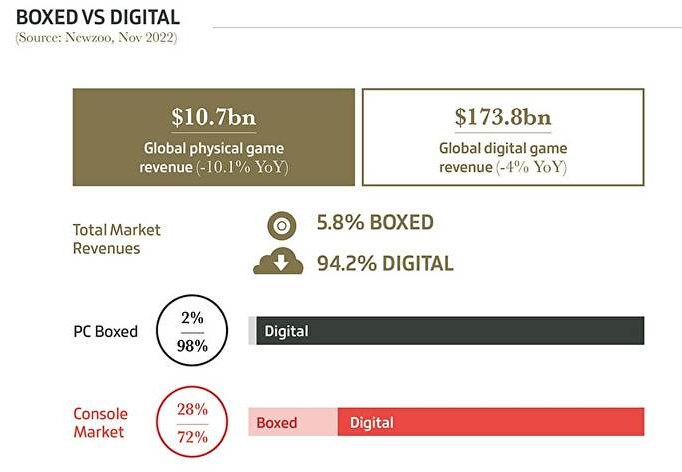
But, what we lost with physical copies is something we might not get back if things proceed to go this way. Back then, we had to install the game on our PC, and we’d be able to run it from right there—no need to have different accounts for different launchers to play different games.
With the rise of the popularity of digital games, it is not the least bit odd to see that there aren’t any tough competitors for the Steam Store. The Epic Games Store showed some promise when it came out and introduced tempting deals to attract the audience.
The Epic Games Store is still growing, but it couldn’t do much to stand up to Steam other than offering a 12% cut compared to Steam’s standard 30%. This was also the reason why many studios decided to left Steam for The Epic Games Store in the first place. But, like Ubisoft, these studios did come back to where they belonged.
It was bound to happen sooner or later. Steam offers a much larger audience compared to any digital store ever could. And if these companies want their game to do good, choosing the better digital store is only rational.
That said, Steam isn’t perfect. It has its flaws and security risks, but that is common among all video game digital store platforms.

One reason for Steam’s massive success is that gamers want all of their games in one place. It is also the same reason gamers would purchase the game on Steam, even if it is available for a slightly lower price in some other digital store.
Steam boasts a massive collection of games that no other service on PC does. It has that going for it. Take GOG, for example. CD Projekt‘s GOG came out in 2008 and introduced the GOG Galaxy client in 2014. GOG also features a decent library of games, even if it is nothing compared to Steam.
However, most of GOG’s profits come from CD Projekt’s own IPs, and most of their games are also available on Steam.
Most people who’ve already used Steam for years and where most of their games are won’t switch to GOG that easily just to be able to play a few games that are also available on Steam.
But then there’s something that only GOG offers, and Steam can never win in that department: DRM-free games. GOG is the only place where you’ll find tons of DRM-free games, and you can enjoy those games without any issues, even if you’re not connected to the internet.
But PC games aren’t the only thing Steam has to offer. SteamVR, in-game overlay, multiple download servers, and many other quality-of-life features make it stand out from the rest. It is also the oldest platform of its kind.
Other than that, in terms of exclusive features, Steam offers regional pricing, which is an effective strategy that is beneficial for both the publisher and the customer. The regional pricing takes into account a region’s average salary and currency, then reduces or increases the price of games according to that, making it easier for the people of the region to buy games.
However, regional pricing doesn’t apply to all games available on Steam. If a publisher doesn’t want their game to be sold at a reduced price in a specific region, then they can quite easily do so. The publisher gets to decide whether they want to utilize Steam’s regional pricing or not.
On paper, the regional pricing strategy of Steam does leave some room for exploits, as people can use VPN to buy from a region that offers a much-reduced price of a specific game, even if it does go against Steam’s terms of service. But, Steam knows what it’s doing and has a proper solution in place for many situations.
Steam’s Community Market is another exclusive feature that makes it stand out. It allows the users to sell their in-game items for money, automatically transferring them to the seller’s Steam Wallet.
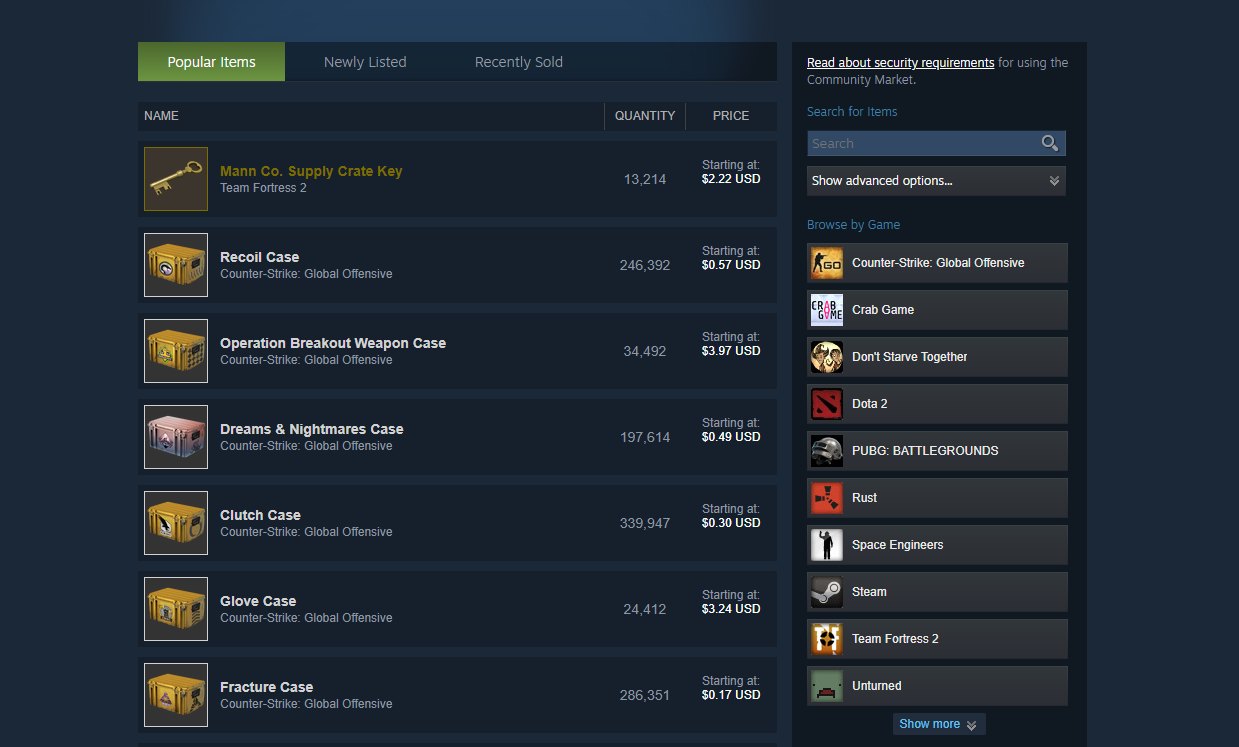
It makes grinding in games for items all the more fun and interesting as you’re getting something worthwhile out of it.
Then, we have Steam Workshop. Steam Workshop allows users to download and install mods for their favorite games. Additionally, users can also upload their own mods for the community to download and use.
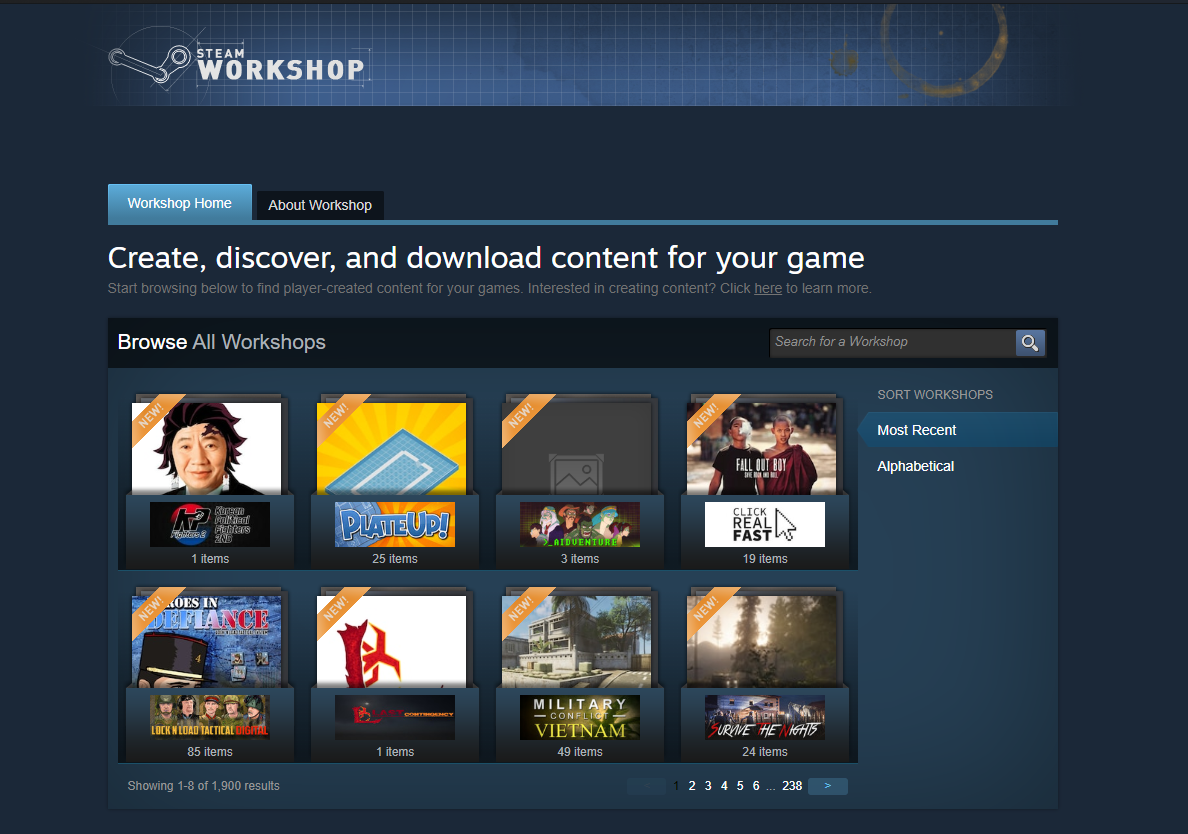
One of the things that makes them more viable than other digital store platforms is the fact that Steam isn’t restricted to Valve-only products, unlike the Ubisoft store or others of its kind. Additionally, you can also add non-Steam games to your library. They even introduced SteamDeck, which is a solid competitor to Nintendo Switch due to its superior hardware.
With all of this riding on its back, Steam manages to reach out to more audiences with the help of free multiplayer games. Steam has Dota 2, CS: GO, Brawlhalla, PUBG, and many other titles that keep the money flowing because of loot boxes despite being completely free to play.
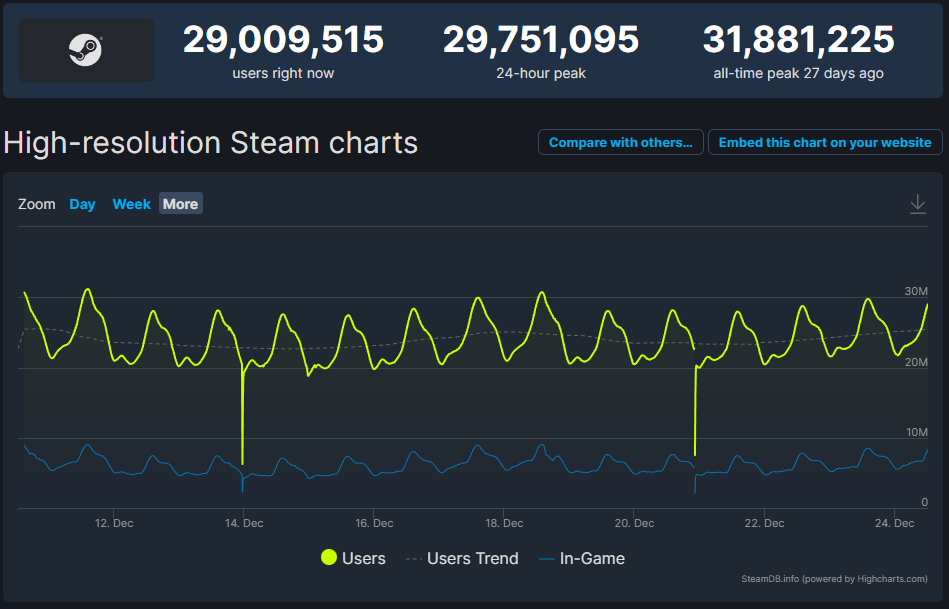
Many stores also have their own unique free-to-play titles, but being available on a different PC launcher creates an unnecessary barrier between the player and the games. For example, we have Overwatch 2 on Battle.net, and The Epic Games Store gained most of its popularity owing to the Fortnite craze.
It is one of the many places where consoles are a much better option for gaming solely compared to PC. All of your games are in one place, and you don’t have to access different launchers to launch other games. And more importantly, you don’t have to add friends separately on each launcher.
Steam is helpful and offers many features, but the presence of many other digital stores and their unique games becomes an unnecessary obstacle for many. The same goes for games requiring you to make a third-party account to play the games.
Many companies have their own stores, such as Ubisoft, Activision, Rockstar Games, and Electronic Arts. These companies also make their games available for purchase on Steam. Games like Star Wars: Battlefront II requires you to purchase a separate subscription for EA play along with the game.
As if the price tag on the game alone wasn’t enough. Also, what is the point of making a game available on Steam if it’s only going to redirect the user to your store platform?
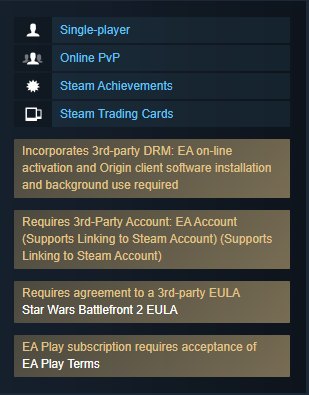
If these stores are making their games available on Steam, it will make things a lot easier for the players if they keep their own digital store out of it.
If a game is available on EA’s store and Steam simultaneously, most people will likely go for the Steam option since they already have tons of games there in their library. But, then, the Steam option does nothing but redirect you to EA’s own launcher, which removes any point for the game being available on Steam.
Sure, cutting their own stores out of the picture won’t be as profitable. Still, these companies should know that their launchers are terrible and have so many issues that it’s just more accessible for people to use some other launcher that is significantly better.
It may not be a problem for anyone, as most people don’t consider having multiple games on different platforms a hindrance. But consider this, what will we gain if we use one PC launcher and store platform to own multiple games even if they originally belong to a different store?
All the games will be in one library; that’s a given. We won’t have to install multiple store applications or make accounts and remember their passwords. It would certainly be better than launching a separate application and logging in just to play a single game.
Steam is a great store platform. It is the best at what it does, and no other gaming store platform can even come close to its glory. It’s about time that these stores accept Steam as their sole sovereign and start putting their exclusive titles on Steam for their own good. That would be better for both sides and for the players, but only if things worked this way.
Of course, they don’t have to. Store-exclusive titles may generate enough profit and player base for these companies to never consider this. But, if they do accept Steam as the only store platform on PC, then that would pump up their audience and, in turn, will reduce several barriers between the gamers and their games.
Gaming on PC offers a lot more options compared to consoles. However, having many options isn’t necessarily a good thing when one of them is obviously a lot better than the other ones.
The idea is not for these companies to completely scrap their digital store platforms but to make their games also available on Steam to make it easier for the audience to purchase and play the game.
Thanks! Do share your feedback with us. ⚡
How can we make this post better? Your help would be appreciated. ✍



